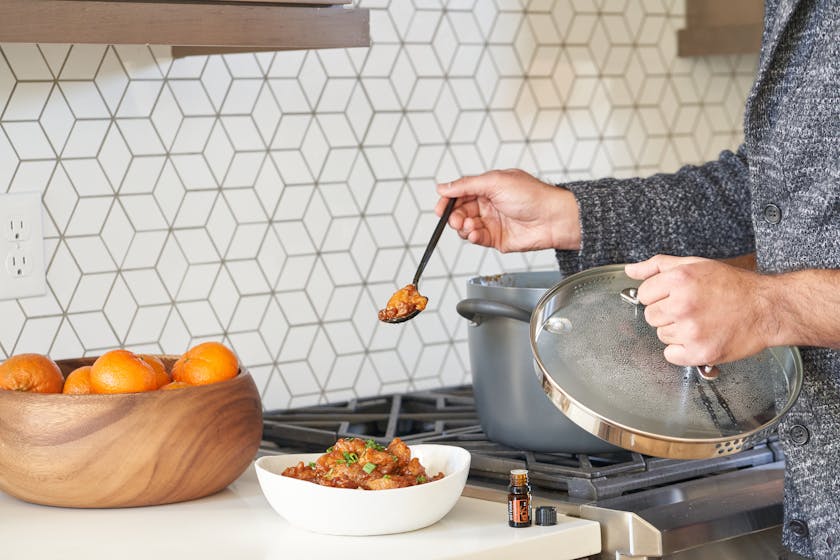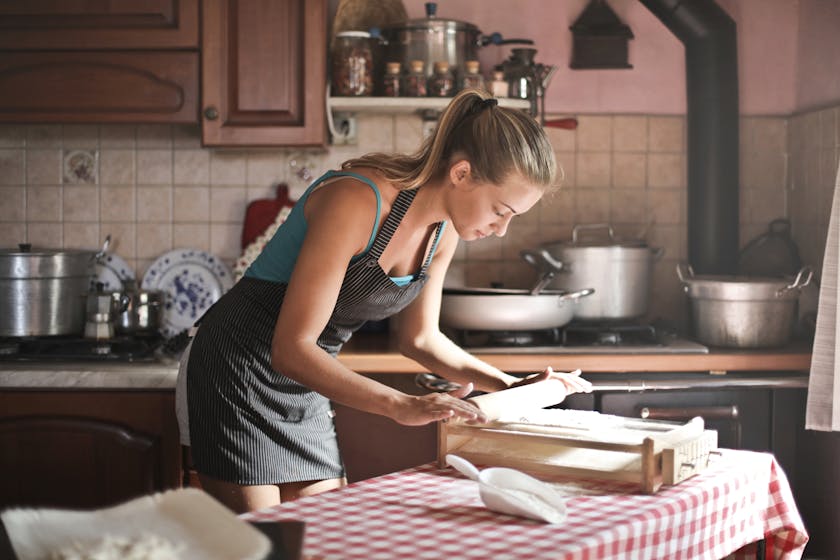When it comes to efficient batch cooking methods, the objective is clear: prepare multiple meals in one session to save time and energy throughout the week. This approach to meal preparation is especially beneficial for busy individuals and families looking to maintain a healthy diet without the daily hassle of cooking.
Understanding Batch Cooking
Batch cooking, also known as once-a-month cooking, is the process of preparing large quantities of meals at once, then storing them for future consumption. This technique not only streamlines your weekly meal planning but also reduces food waste and helps with budgeting, as you can buy in bulk and take advantage of discounts.
Planning Your Batch Cooking Session
The first step in successful batch cooking is to plan. Choose recipes that are freezer-friendly and can be easily reheated. Consider the nutritional balance of the meals and aim for a variety of proteins, vegetables, and carbohydrates. Create a shopping list based on your meal plan and stick to it to avoid impulse purchases.
Essential Tools for Batch Cooking
Equip your kitchen with the right tools to make the process more efficient. Large pots, baking trays, a food processor, and plenty of storage containers are essential. Consider investing in a vacuum sealer to keep food fresh for longer periods.
Maximizing Your Time in the Kitchen
Begin with recipes that require the longest cooking time. While those dishes are in the oven or simmering on the stove, you can prepare ingredients for other meals. Multitask by chopping vegetables while watching a pot or use a slow cooker to prepare one dish while you focus on another.
Efficient Cooking Techniques
Roasting multiple trays of vegetables or proteins in the oven can save time. Use a larger cut of meat that can be cooked once and then divided into different meals throughout the week. Slow cooking is another excellent method for batch cooking, as it requires minimal supervision.
Storing Your Batch Cooked Meals
Properly storing your meals is crucial for preserving their freshness and preventing foodborne illnesses. Cool dishes quickly before freezing to maintain quality. Label containers with the contents and the date to keep track of what you have and to use older meals first.
Reheating for Best Results
When reheating, ensure that meals are defrosted safely in the refrigerator and heated to the proper temperature to kill any harmful bacteria. Some meals may benefit from being reheated in the oven or on the stove rather than the microwave for better texture and flavor.
With these efficient batch cooking methods, you can reduce the time spent in the kitchen and enjoy more free moments with family or for personal pursuits. Embrace the convenience of once-a-month cooking and discover how it can transform your meal routines and lifestyle.



